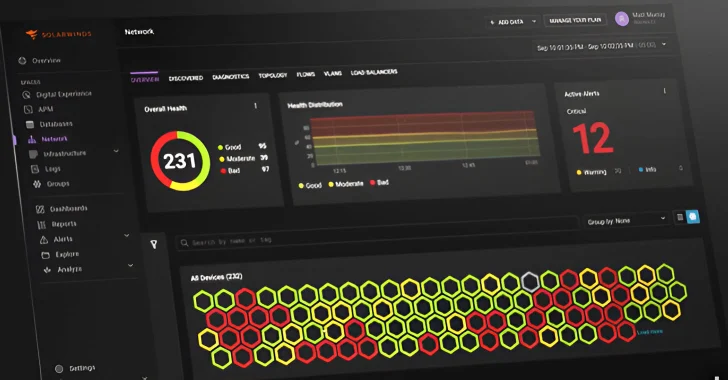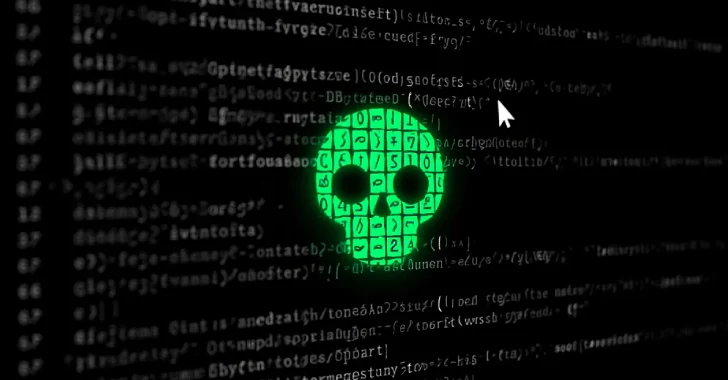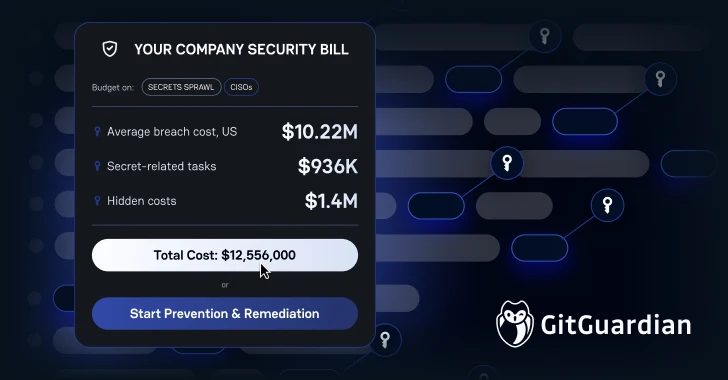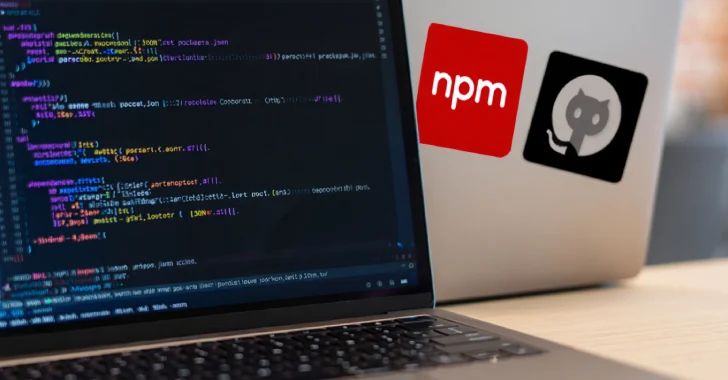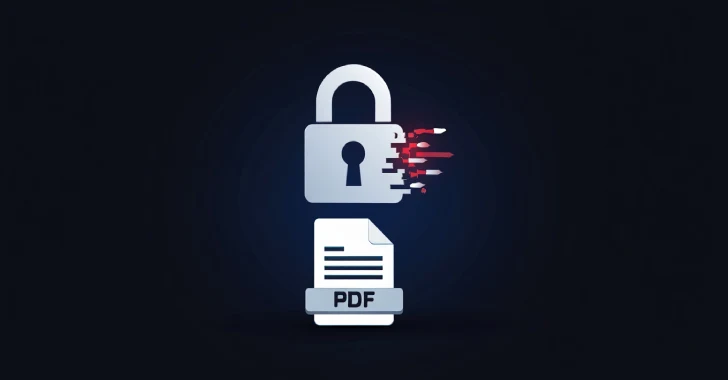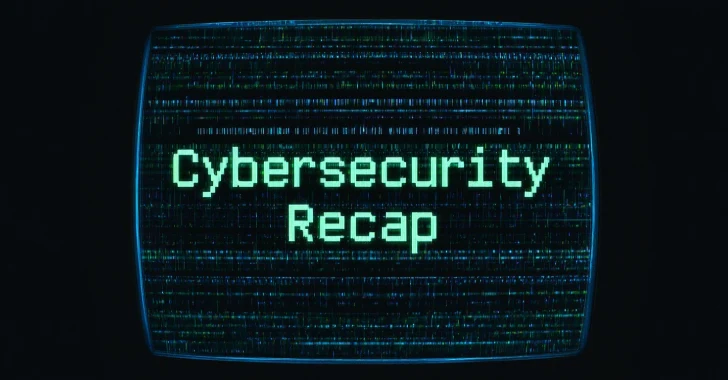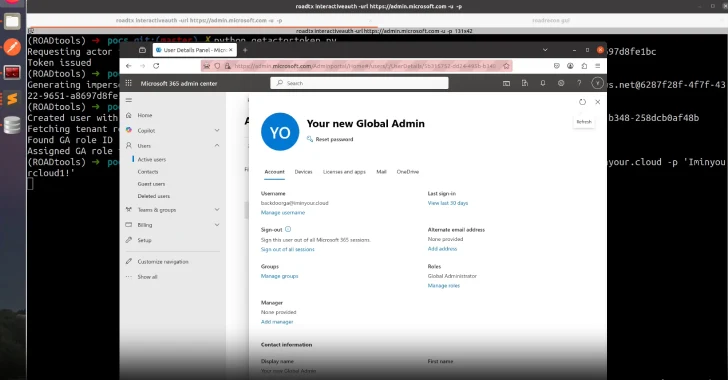We hear this a lot:
“We’ve got hundreds of service accounts and AI agents running in the background. We didn’t create most of them. We don’t know who owns them. How are we supposed to secure them?”
Every enterprise today runs on more than users. Behind the scenes, thousands of non-human identities, from service accounts to API tokens to AI agents, access systems, move data, and execute tasks around the clock.
They’re not new. But they’re multiplying fast. And most weren’t built with security in mind.
Traditional identity tools assume intent, context, and ownership. Non-human identities have none of those. They don’t log in and out. They don’t get offboarded. And with the rise of autonomous agents, they’re beginning to make their own decisions, often with broad permissions and little oversight.
It’s already creating new blind spots. But we’re only at the beginning.
In this post, we’ll look at how non-human identity risk is evolving, where most organizations are still exposed, and how an identity security fabric helps security teams get ahead before the scale becomes unmanageable.
The rise (and risk) of non-human identities
Cloud-first architectures increased infrastructure complexity and triggered a surge in background identities. As these environments grow, the number of background identities grows with them, many of which get created automatically, without clear ownership or oversight. In many cases, these identities outnumber human users by more than 80 to 1.
What makes that especially risky is how little most teams know about them. NHIs often get created automatically during deployment or provisioning, then disappear from the radar, untracked, unowned, and often over-permissioned.
Service accounts, in particular, are everywhere. They move data between systems, run scheduled jobs, and authenticate headless services. But their sprawl is rarely visible, and their permissions are rarely reviewed. Over time, they become perfect vehicles for lateral movement and privilege escalation.
But service accounts are only part of the picture. As AI adoption grows, a new category of non-human identity introduces even more unpredictable risk.
Why AI agents behave differently and why that matters
Unlike most machine identities, AI agents initiate actions on their own; interacting with APIs, querying data, and making decisions autonomously.
That autonomy comes at a cost. AI agents often need access to sensitive data and APIs, but few organizations have guardrails for what they can do or how to revoke that access.
Worse, most AI agents lack clear ownership, follow no standard lifecycle, and offer little visibility into their real-world behavior. They can be deployed by developers, embedded in tools, or called via external APIs. Once live, they can run indefinitely, often with persistent credentials and elevated permissions.
And because they’re not tied to a user or session, AI agents are difficult to monitor using traditional identity signals like IP, location, or device context.
The cost of invisible access
Secrets get hardcoded. Tokens get reused. Orphaned identities remain active for months, sometimes years.
These risks are not new, but static credentials and wide-open access may have been manageable when you had a few dozen service accounts. But with thousands, or tens of thousands, of NHIs operating independently across cloud services, manual tracking simply doesn’t scale.
That’s why many security teams are revisiting how they define identity in the first place. Because if an AI agent can authenticate, access data, and make decisions, it is an identity. And if that identity isn’t governed, it’s a liability.
Common NHI security challenges
Understanding that non-human identities represent a growing risk is one thing; managing that risk is another. The core problem is that the tools and processes built for human identity management don’t translate to the world of APIs, service accounts, and AI agents. This disconnect creates several distinct and dangerous security challenges that many organizations are only beginning to confront.
You can’t protect what you can’t see
The most fundamental challenge in securing NHIs is visibility. Most security teams don’t have a complete inventory of every non-human identity operating in their environment. These identities are often created dynamically by developers or automated systems to serve a specific, temporary function. They get spun up to support a new microservice, run a deployment script, or integrate a third-party application.
Once created, however, they rarely get documented or tracked in a central identity management system. They become “shadow” identities, active and functional, but completely invisible to security and IT. Without a comprehensive view of what NHIs exist, who (or what) created them, and what they are accessing, it’s impossible to build a meaningful security strategy. You are left trying to secure an attack surface of an unknown size.
Why “set it and forget it” is a security liability
A common practice for developers and operations teams is to assign broad permissions to NHIs to ensure a service or application works without interruption. Think of it as installing an app that asks for access to your camera roll, microphone, and location. You tap “Allow” just to get it working, then forget about it.
It’s quicker and more convenient at the moment, but it introduces unnecessary risks. Similarly, assigning overly broad permissions to NHIs might make setup easier, but it creates significant security gaps, leaving your systems vulnerable to exploitation.
The principle of least privilege is often sacrificed for speed and convenience. An NHI might only need to read data from one database table, but it’s granted write access to the entire database to avoid future permission-related errors.
This approach creates a massive security liability. These over-permissioned identities become high-value targets for attackers. If a threat actor compromises an NHI with excessive privileges, they can move laterally across systems, escalate their access, and exfiltrate sensitive data without ever needing a human user’s credentials.
Because of how rarely NHIs are reviewed or deprovisioned, these permissive accounts can remain active and vulnerable for months or even years, waiting to be exploited.
No context, no modern controls
Modern identity security relies on context. When a user logs in, we can verify their identity using signals like their location, device, and network, often prompting for multi-factor authentication (MFA) if something seems unusual. NHIs have none of this context. They are just code executing on a server. They don’t have a device, a geographic location, or behavioral patterns that can be easily monitored.
Because they authenticate with static, long-lived credentials, MFA doesn’t apply. This means that if a credential is stolen, there is no second factor to stop an attacker from using it. The absence of context-aware access controls makes it incredibly difficult to distinguish between legitimate and malicious NHI activity until it’s too late.
Orphaned identities and digital ghosts
What happens when the developer who created a service account leaves the company? Or when an application that used a specific API token is decommissioned? In most organizations, the associated NHIs are left behind. These “orphaned” or “lingering” identities remain active, with their permissions intact, but with no owner responsible for their lifecycle.
These digital ghosts are a compliance nightmare and a security risk. They clutter the environment, making it harder to identify legitimate and active identities. More importantly, they represent an abandoned, unmonitored entry point into your systems. An attacker who discovers an orphaned identity with valid credentials has found a perfect backdoor, one that nobody is watching.
How security teams are regaining control
Facing an attack surface that is expanding and becoming more autonomous, leading security teams are shifting from reactive fixes to proactive governance. That shift starts with recognizing every credentialed system, script, and agent as an identity worth governing.
Discover and inventory all NHIs
Modern identity platforms can scan environments like AWS, GCP, and on-prem infrastructure to surface hidden tokens, unmanaged service accounts, and over-permissioned roles.
These tools replace spreadsheets and guesswork with a real-time, unified inventory of both, human and non-human identities. Without this foundation, governance is just guesswork. With it, security teams can finally move from playing whack-a-mole with service accounts to building real control.
Triage and tackle high-risk identities first
With a complete inventory in place, the next step is to shrink the potential blast radius. Not all NHIs pose the same level of risk. The key is to prioritize remediation based on permissions and access. Risk-based privilege management helps identify which identities are dangerously over-permissioned.
From there, teams can systematically right-size access to align with the principle of least privilege. This also involves implementing stronger controls, such as automated rotation for secrets and credentials. For the most powerful NHIs, like autonomous AI agents, it’s critical to have “kill switches” that allow for immediate session termination if anomalous behavior is detected.
Automate governance and lifecycle
Human identities have lifecycle policies: onboarding, role changes, offboarding. Non-human identities need the same rigor.
Leading organizations are automating these processes end-to-end. When a new NHI is created, it’s assigned an owner, given scoped permissions, and added to an auditable inventory. When a tool is retired or a developer leaves, associated identities are automatically deprovisioned, closing the door on orphaned accounts and ensuring access doesn’t linger indefinitely.
Why an identity security fabric changes the equation
Many of the risks tied to non-human identities have less to do with the identities themselves and more to do with the fragmented systems trying to manage them.
Each cloud provider, CI/CD tool, and AI platform handles identity differently. Some use static tokens. Some issue credentials during deploy. Some don’t expire access at all. Without a shared system for defining ownership, assigning permissions, and enforcing guardrails, the sprawl grows unchecked.
A unified identity security fabric changes this by consolidating all identities, human and non-human, under a single control plane. And with Okta, that means:
- Automatically surfacing identities and posture gaps with Identity Security Posture Management (ISPM)
- Applying least-privilege access with rotation and vaulting for sensitive secrets
- Defining lifecycle policies for every identity, including agents and service accounts
- Extending workload identity patterns (short-lived tokens, client credentials) and adaptive access to services and background jobs
- Governing access to AWS services like Bedrock and Amazon Q, while AWS IAM issues and enforces the underlying agent/workload credentials
Instead of stitching together workarounds, teams can define identity controls once and apply them everywhere. That means fewer blind spots, faster response times, and a smaller attack surface, without needing ten different tools to get there.
Don’t let NHIs become your biggest blind spot
AI agents and non-human identities are already reshaping your attack surface. They’re multiplying faster than most teams can track and too many still operate without clear ownership, strong controls, or any real visibility.
You don’t need to rebuild your strategy from the ground up. But you do need to treat non-human identities like what they are: critical access points that deserve the same governance as any user.
With a unified identity platform, security teams can inventory what’s running, apply scalable controls, and cut off risky access before it’s exploited—not after.
See how Okta and AWS help organizations bring order to NHI sprawl. [Download the guide] to get started.
Found this article interesting?
This article is a contributed piece from one of our valued partners. Follow us on
Google News,
Twitter and
LinkedIn to read more exclusive content we post.
